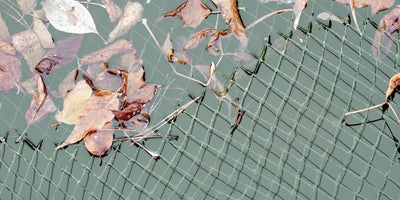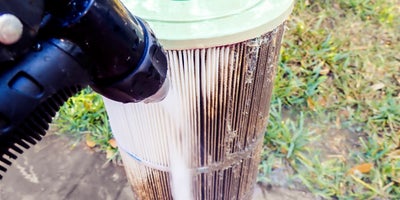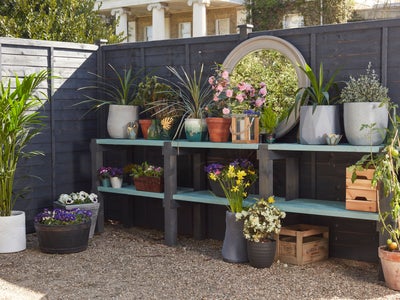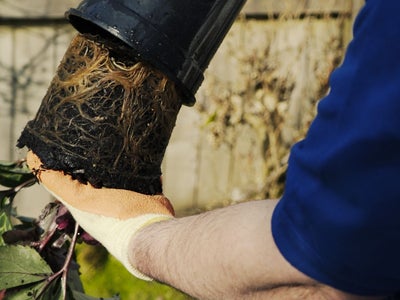Post-winter pond maintenance

Ponds and water features usually need a healthy dose of post-winter maintenance as spring rolls in. The colder period results in less activity with fish usually in a winter rest and plants dying or going dormant, but as it gets warmer everything starts waking up again which leaves you with some jobs to do. A good spring clean is in order, especially if you didn’t do the prep work in autumn ahead of winter’s arrival. Your pond needs regular attention just as your garden does, so maintaining your pond during this period is the best way to save yourself some work at the start of spring.
Be Inspired
Shop the Range






